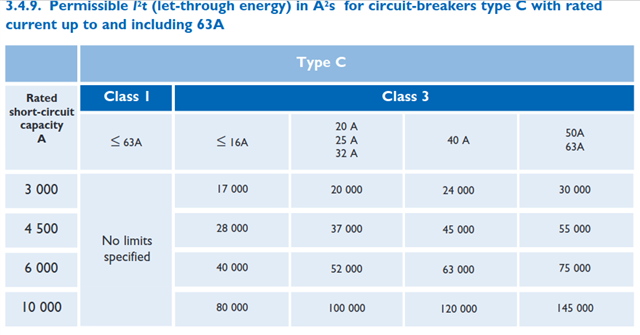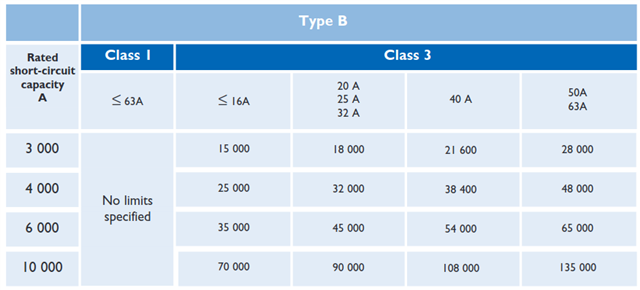Can I find the Max Let-through energy of a circuit breaker, by using its Tripping curve?
If I plotted the I²t of the breaker, using the Tripping curve, would this give me the Let-through energy curve?
If so, just to check, I assume the I²t would be made using the "Tripping current² × tripping time"?


